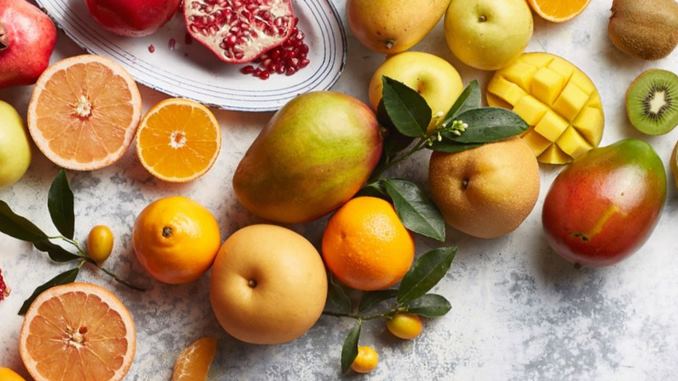Although fruits are everywhere nowadays, you might not know them as well as you think. Indeed, there are plenty of strange-named ones that you might have never encountered before!
Thus, if you want to grasp a complete list of fruits from A to Z, today’s post is for you.
Apple
When it comes to apple cultivation, they aren’t the easiest one as they are susceptible to insects and illnesses. Yet, if you reside in a hostile climate, this one might be among the only species that survived.
Related:
Apricot
This reddish fruit falls between peaches and plums and is famous for its sweet but tart taste.
Avocado

Avocado is a fruit that grows in warmer areas. With buttery texture, these fruits possess a creamy and nutty taste.
Related: How to keep avocado from turning brown in sushi
Banana
The banana is a tall, yellowish fruit sold in clusters of 3 to 20. Based on the particular type, it has more or less sweetness.
Related: Ethylene producing fruits
Blackberry
Blackberries (growing on brambles, a kind of prickly shrub) were originally from Europe, but farms produce them every year in the US.
Blueberry
Blueberries are tiny blue/purple fruits that originated from the United States. Fresh ones are in season from June to August.

Cantaloupe
Cantaloupes, a melon genus member, requires less space and develops faster than watermelon or honeydew. Pluck them once they possess a pleasant scent and yield a little when you press on them.
Cherry
The 2 types of cherries are sweet ones and tart ones. Because of their sweetness and size, sweet cherries come in various colors ranging from dark red, crimson, and even blackish hints. On the other hand, light red tart ones offer less sweetness.
Dewberry
They are comparable to blackberries or raspberries and flourish wildly throughout most of North America. Their sweet, tangy taste comes from the fact that they thrive on shrubs instead of vines.

Durian
The durian stands out from other exotic fruits as a big fruit with a prickly, thorny external skin. Inside features a huge seed and a smelly, buttery, custard-like meat.
Elephant Fruit
It’s a tiny, brown fruit featuring a thick, greenish skin on the outside. Available all across Asia and especially in Indian culinary, this one is a staple ingredient.
Feijoa
The feijoa, a small greenish fruit indigenous to Brazil, is among the best sources of vitamin C.
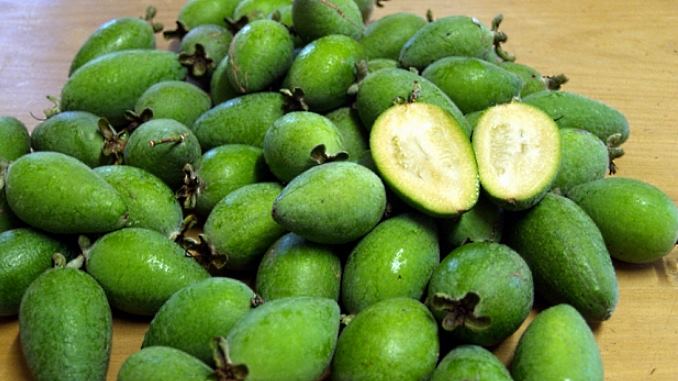
Fig
Neolithic caverns have preserved signs of one of the world’s earliest fruits, fig, tracing back around 5000 BC. For centuries, the Middle East has counted figs as their primary ingredient, whether fresh or dried.
Grape
They are rich in an antioxidant phytonutrient called Resveratrol, which may help decrease cardiovascular problems and improve health.
Grapefruit
It boasts a sweet and slightly tart flavor, making it one of the most popular tropical citrus fruits. In addition, you can lose pounds and improve cardiovascular wellbeing thanks to its nutritional, antioxidants, and fiber content.
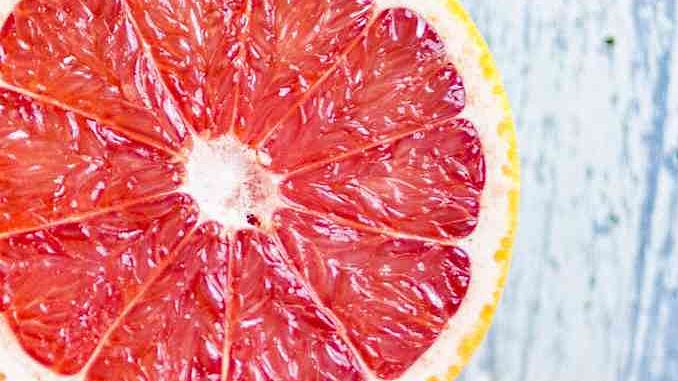
Guava
Guava is one of the most popular tropical fruits for its distinctive, sweet, and universally pleasing taste. According to some, the fruit’s flavor is similar to the combination of strawberry and pear.
Honeydew
Honeydew is a famous summer delight since it is pleasant, cooling, and refreshing. When the shell is somewhat fuzzy, they’re ready to serve.
Horned Melon
This Africa’s yearly plant thrives across South America, Asia, and California. Upon maturity, the husk turns a yellowish-orange color featuring horns. The greenish, seedy pulp offers a banana-like flavor.
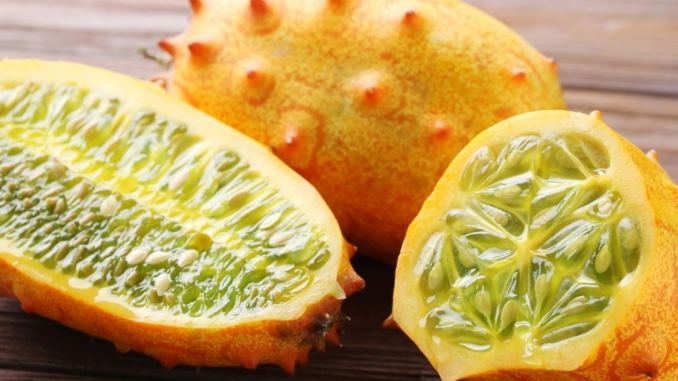
Jalapenos
While the Jalapeno belongs to the fruit class, it is spicy and sharp with several beneficial properties.
Related: How to store jalapenos
Jabuticaba
An indigenous of Brazil, Jabuticaba bears enormous, deep-purple grapes instead of stems.
Kiwi

Although kiwis are initially from China, New Zealand was the initial country that brought this fruit to the world. Indeed, New Zealand’s national bird, the Kiwi, inspired its moniker.
Related: How to store kiwi
Lemon
Lemons, a member of the citrus fruit category, are bright, round, and somewhat elliptical. Its flesh is light yellow, succulent, and has an acidic taste.
Lime
Lime is a citrus that is acidic, plump, and brilliant green. They’re nutritious superpowers with high levels of vitamin C, antioxidants, and various micronutrients.
Longan
In the wild, longans grow in clumps as big as a large grape. Besides its great natural sweetness and juiciness, tropical tastes are present with a delightful muskiness/funkiness.
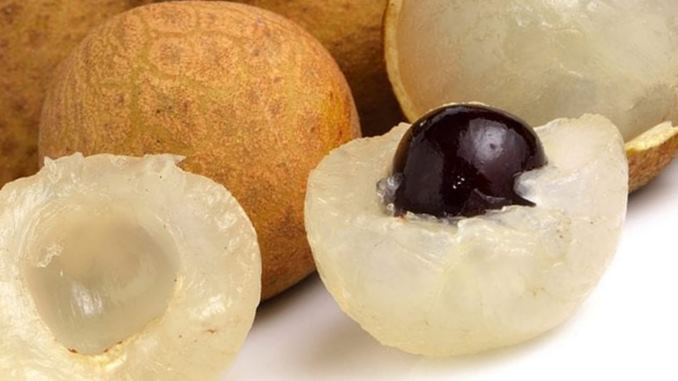
Lychee
A few areas of California are now home to this subtropical delicacy. It features red skin and whitish flesh that is delicious and sweet.
Mandarin
As a tiny, loose-skinned citrus species, the mandarin is usually less tart than regular oranges. Indigenously to India, they traveled across China and acquired the moniker “mandarin.”
Mango
Fibrous membranes with pine-like flavor are among the reasons why a few people don’t favor this fruit. However, some people find its smooth flesh delightful.

Mangosteen
Fruit of the tropics, the mangosteen possesses a pleasant and tart taste. On account of its rich violet shade, people sometimes call it Purple Mangosteen. The delicious interior flesh, on the other hand, is pure white.
Noni
Asia offers a year-round supply of this fruit. When mature, it features a foul smell. Even the name “vomit fruit” or “cheese” comes to mind. Despite this, it’s a traditional nutrient-packed ingredient across the Pacific Islands.
Olive
Olives, usually treated with salt, lose the sweetness and moistness we expect in fruits, yet they still fall into this category. These heart-beneficial tiny things have been available for centuries and resided in the Middle East, southern Europe, and California.
Orange

Oranges are a type of citrus fruit that is low in calories and rich in nutrients. As a result, they promote healthy, clean skin and help decrease a person’s risk of various diseases.
Related:
Passion fruit
This tropical fruit is available all around the globe. It features a bright, firm exterior and a delicious, seed-filled core. The purple and yellow variants are the most widespread.
Papaya
Papayas are rich in vitamin A, vitamin C, and vitamin E. This nutrient antioxidant-rich fruit also helps prevent cardiovascular disease by reducing cholesterol oxidation.
Peach
Peaches that prosper in moderate climates are among the few fruits that capture the essence of summer. But, unfortunately, these species are short-lived and seldom bear fruits for further than 10 – 15 years.
Pear

Pears are mellow and delicate with a fibrous core. Also, they are full of antioxidants, phytochemicals, and dietary fiber, making them a healthy treat for people of all ages.
Related: How to keep pears from turning brown
Persimmon
In addition to vitamin A and C, persimmons contain manganese, which aids the blood coagulate. Additionally, they include additional antioxidants, significantly reducing the likelihood of several major health diseases, notably cancer and stroke.
Pineapple
Pineapple can assist digestion, strengthen the immune system and promote healing after operations.
Plum
A plum’s anti-inflammatory and cell-protective properties come from its antioxidant content. Also, their antioxidant polyphenols provide beneficial impacts on bones and may significantly improve cardiovascular health or diabetes.
Pomegranate
Antioxidants, antibacterial, and anti-tumor qualities make pomegranate a significant supply of vitamins, notably vitamin A, vitamin C, and folic acid.

Pomelo
Antioxidants such as vitamin C are plentiful in pomelo fruits. It also includes proteins and fibers, improving metabolism and keeping you feeling full for an extended duration after eating.
Quince
There’s a good chance that quince won’t speak to you because of its woolly external coating and acidic interior.
Rambutan
There’s something feral about this Southeast Asian fruit’s look. Shell is a vivid red color, and the appendages are chartreuse green. The ivory flesh boasts a somewhat acidic, sweet taste.
Raspberry
Raspberries are a balanced combination of tangy, sweet, and luscious. According to the species, raspberries develop in the summertime or autumn and thrive in cold areas when other fruits cannot.
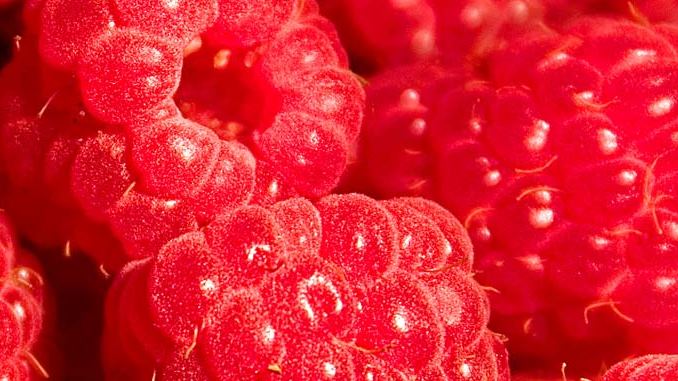
Strawberry
Despite their appearance, strawberries aren’t berries since their seeds sit on the exterior. Besides protecting your cardiovascular health, they also help increase HDL (good) cholesterol, prevent hypertension and avoid cancer.
Tomatillo
Despite its look and usage in Mexican savory culinary, it’s not a vegetable at all. Botanically, the tomatillo is a fruit. The store-bought varieties are typically pricey, but they’re simple to culture in your backyard.
To cultivate them properly, give them lots of room and treat them the same way as tomatoes. The perfect time to collect them is when the papery skin begins to dry.
Tomato
Tomatoes are the primary nutritional source of lycopene, an antioxidant associated with a host of medical advantages, such as a lower risk of cardiovascular problems and cancers. Vitamin C, potassium, folate, and vitamin K are also abundant in them.
Related:
Ugli fruit
This citrus mix sports an unsightly wrinkled exterior, but within it’s a luscious, delectable tangerine-grapefruit hybrid.
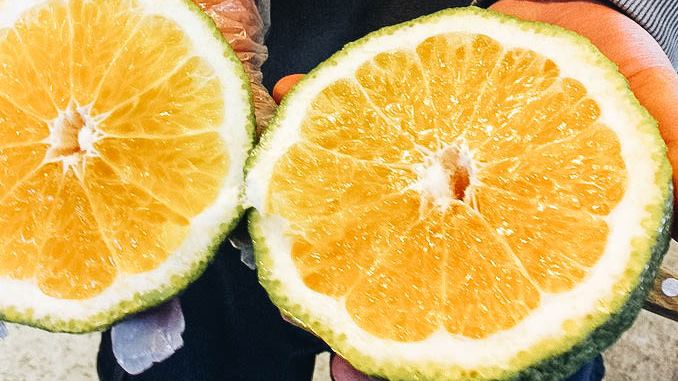
Watermelon
Watermelon contains citrulline, an amino acid that assists your body’s blood circulation and decreases high blood pressure risk.
Related: How to dehydrate watermelon
Zucchini
Zucchini is a multipurpose squash that is high in nutrients, minerals, and phytochemicals. As a result, they provide numerous health benefits, including better metabolism and a reduced risk of heart problems. At the same time, they are also beneficial to your bones, thyroid, and prostate gland.
Related:
Conclusion
Now we bet you know our detailed list of fruits from A to Z. Hopefully, this post has helped you understand more about the fruit world. Have a great day!

